If you’re exploring red light therapy for your practice, you’ll quickly face a primary decision: should you invest in a targeted panel system or a full-body bed?
The choice has significant implications for your clinic's workflow, your clients' experience, and your ultimate return on investment. While both formats have their place, understanding their core differences is essential for making a confident and profitable decision. This guide breaks down the comparison across four key areas.
1. Treatment Experience & Efficiency
-
Panels: A panel-based session is typically more active. The client may need to stand, sit, or change positions multiple times to treat different areas of the body. The effectiveness can be highly dependent on correctly positioning the client at the optimal distance from the panel for each session. For businesses with limited space or those focused solely on targeted treatments (like facials with our ApolloGLOW), this can be a workable solution.
-
Beds: A bed offers an entirely passive, relaxing, and immersive experience. The client simply lies down, and the entire body is bathed in therapeutic light. This high-end experience is not only more comfortable for the client but more efficient for the business owner. A bed with an intentional design, like the zero-gravity contour of our OvationULT, ensures the user is perfectly positioned for optimal light absorption every time, with no manual adjustment needed.
2. Clinical Specs: Wavelengths & Irradiance
-
Wavelengths: Both high-quality panels and beds can deliver the most scientifically recognized wavelengths for therapy, typically a combination of red light (like 635nm) and near-infrared (like 850nm). On this point, quality devices in either category can be comparable.
-
Irradiance (Power Output): This is where the formats diverge significantly. A bed provides consistent irradiance across the entire body because the distance between the light source and the skin is fixed and uniform. The OvationULT, for instance, delivers a consistent 55mw/cm² across the treatment area. A panel may have a high irradiance value at its center point, but that energy dissipates significantly toward the edges and as the client moves. This creates "hot spots" and "cold spots," leading to a less consistent treatment.
3. ROI & Session Pricing Model
-
Panels:
- Initial Cost: The primary advantage of a panel system is a lower upfront investment (e.g., our ApolloARC is priced at $25,995).
- Session Pricing: Due to the targeted nature and more active session requirements, panel treatments typically command a lower price point. They are often best positioned as an add-on service.
-
ROI: The lower entry cost can lead to a faster initial ROI, but the overall revenue potential is more limited.
-
Beds:
- Initial Cost: A full-body bed is a more significant capital investment, with prices ranging from $27,500 for our OvationLITE to $94,995 for our top-of-the-line PremierRLT.
- Session Pricing: The premium, full-body, and relaxing experience allows you to command a much higher price per session.
-
ROI: While the initial outlay is larger, the revenue ceiling is significantly higher. The hands-off nature of a bed session (minimal staff time required per use) maximizes profitability per square foot.
4. The Verdict: Best-Use Cases
So, which is right for you?
Choose a PANEL if:
- You have severe space limitations.
- Your business model is focused on quick, targeted add-on services.
- You want to test the red light therapy market with the lowest possible initial investment.
Choose a BED if:
- You want to offer a premium, full-body wellness and recovery experience.
- Your goal is to create a reliable, hands-off revenue stream with maximum profit potential.
- Your clientele (in a spa, fitness center, or chiropractic clinic) is seeking comprehensive, relaxing, and highly effective treatments.
Ultimately, the right choice depends on your clinic's specific space, clientele, and business goals. By understanding these key differences in experience, efficacy, and financial modeling, you can confidently select the modality that will best serve your practice for years to come.


